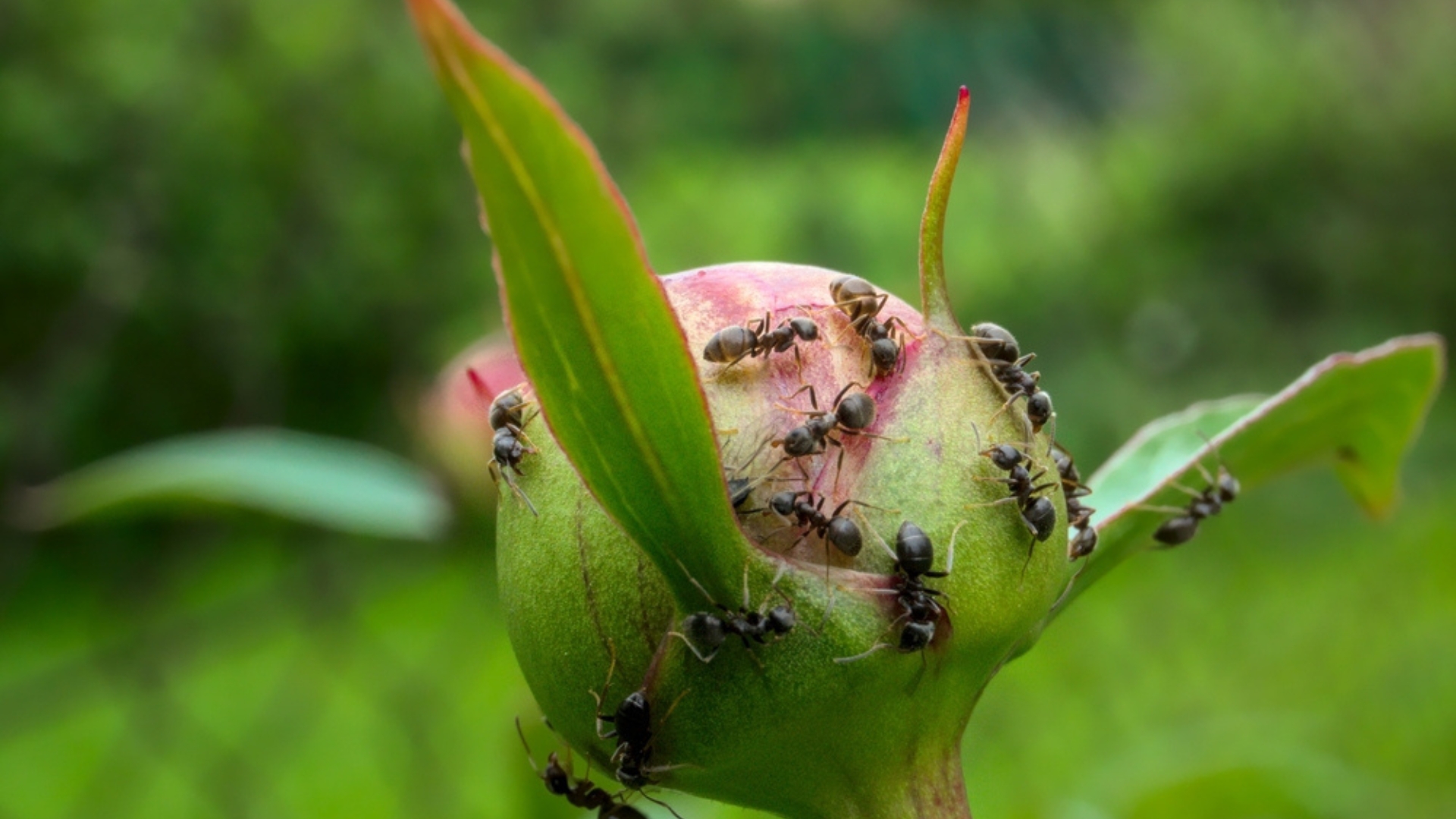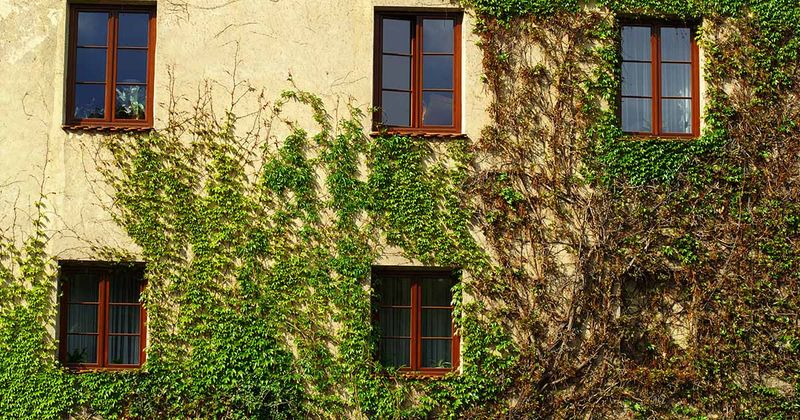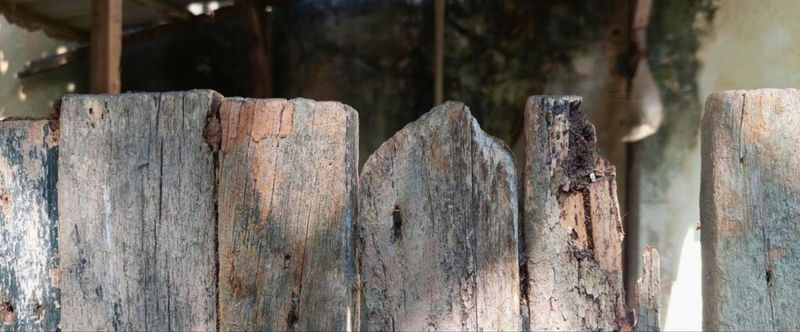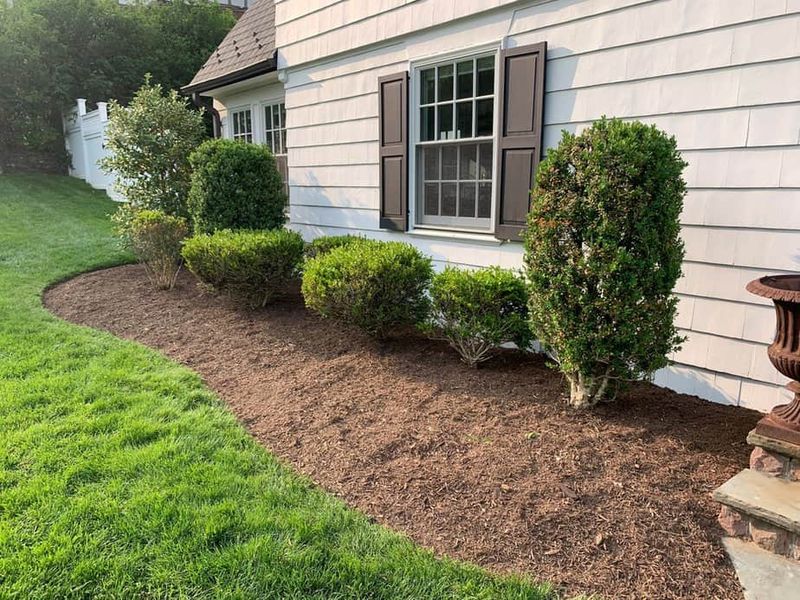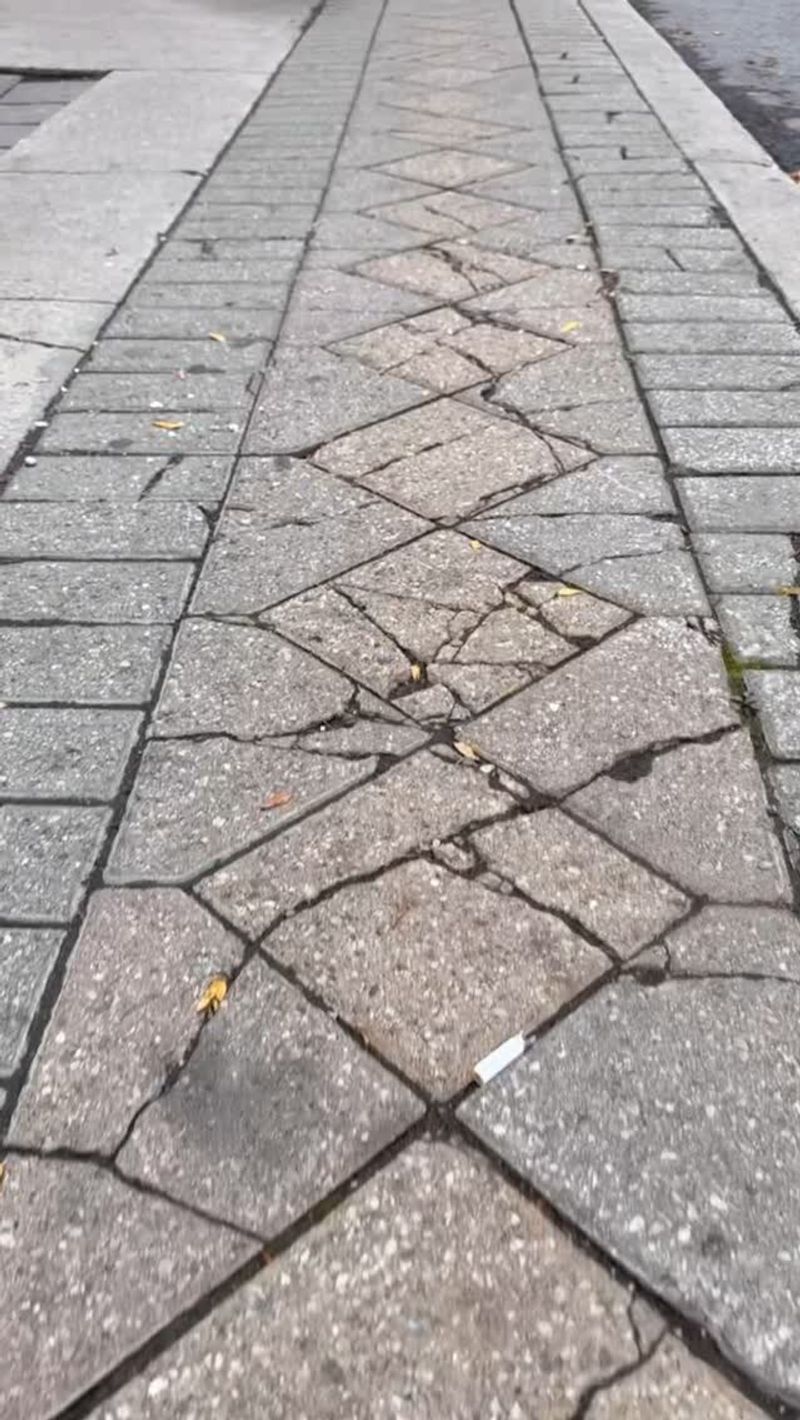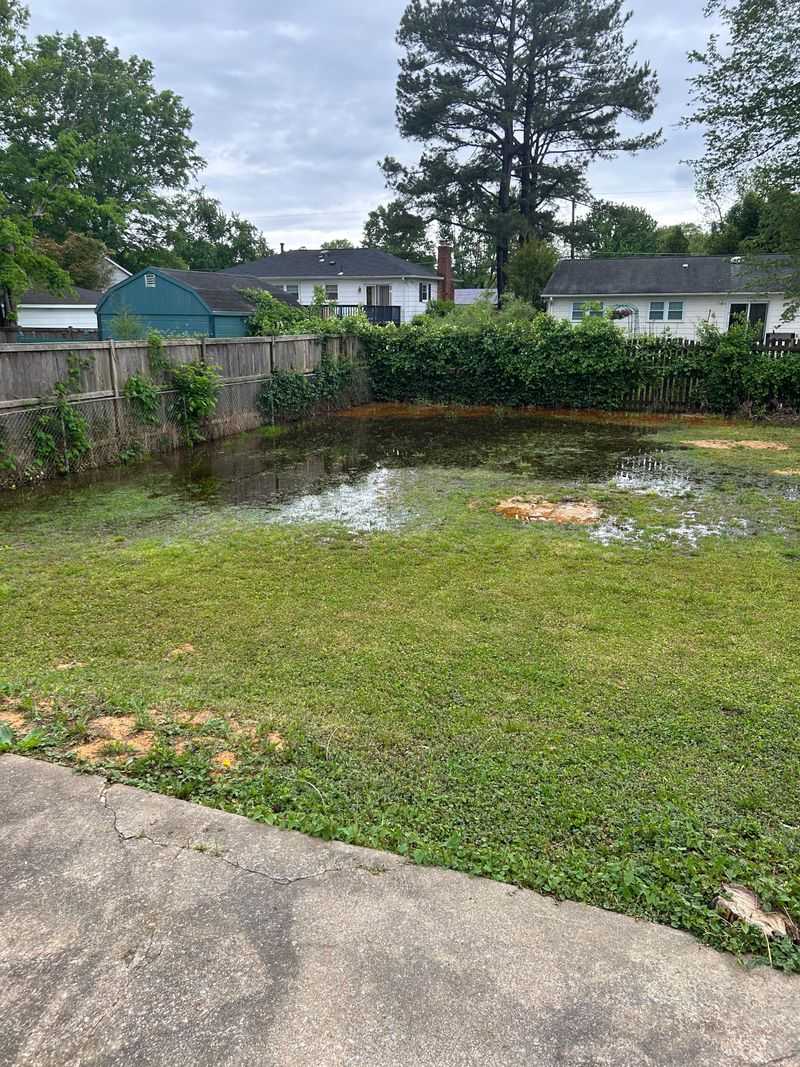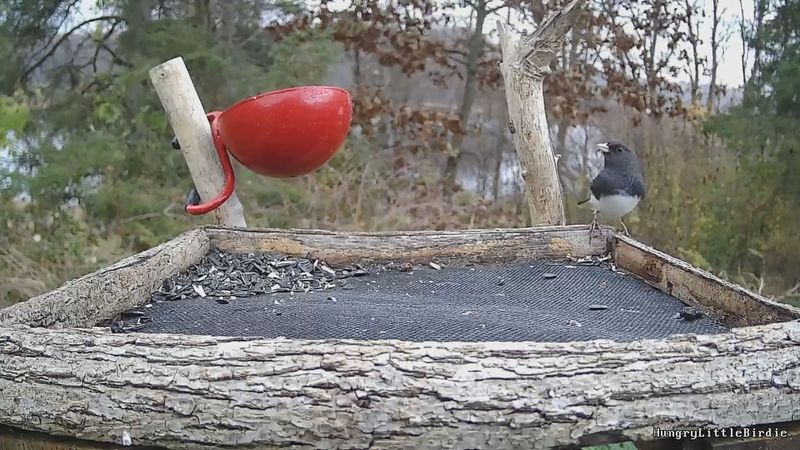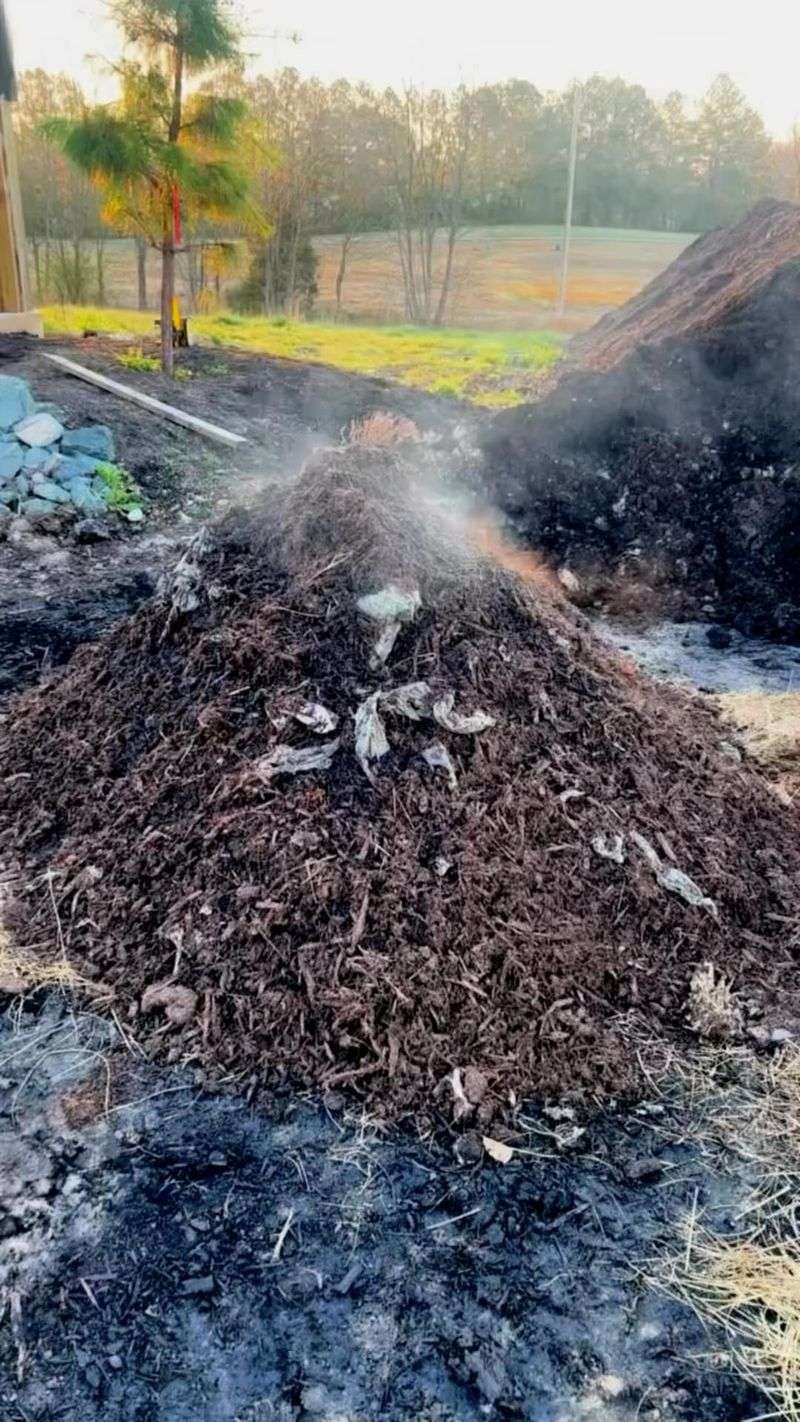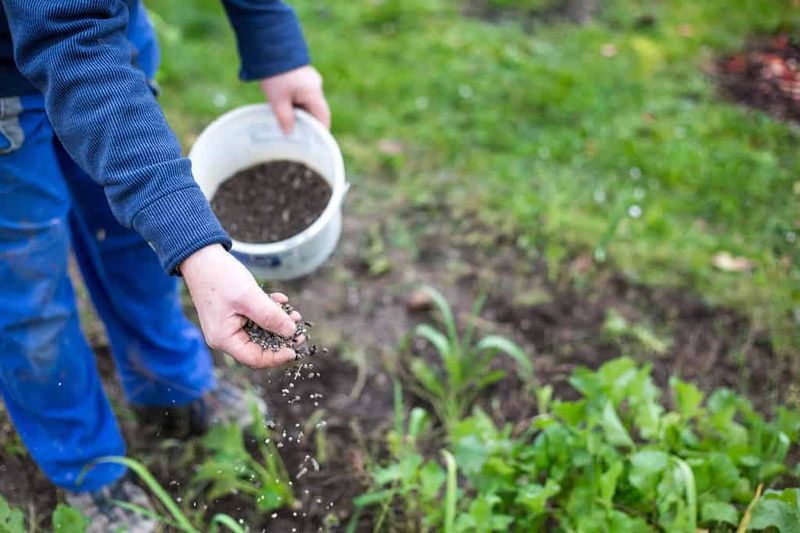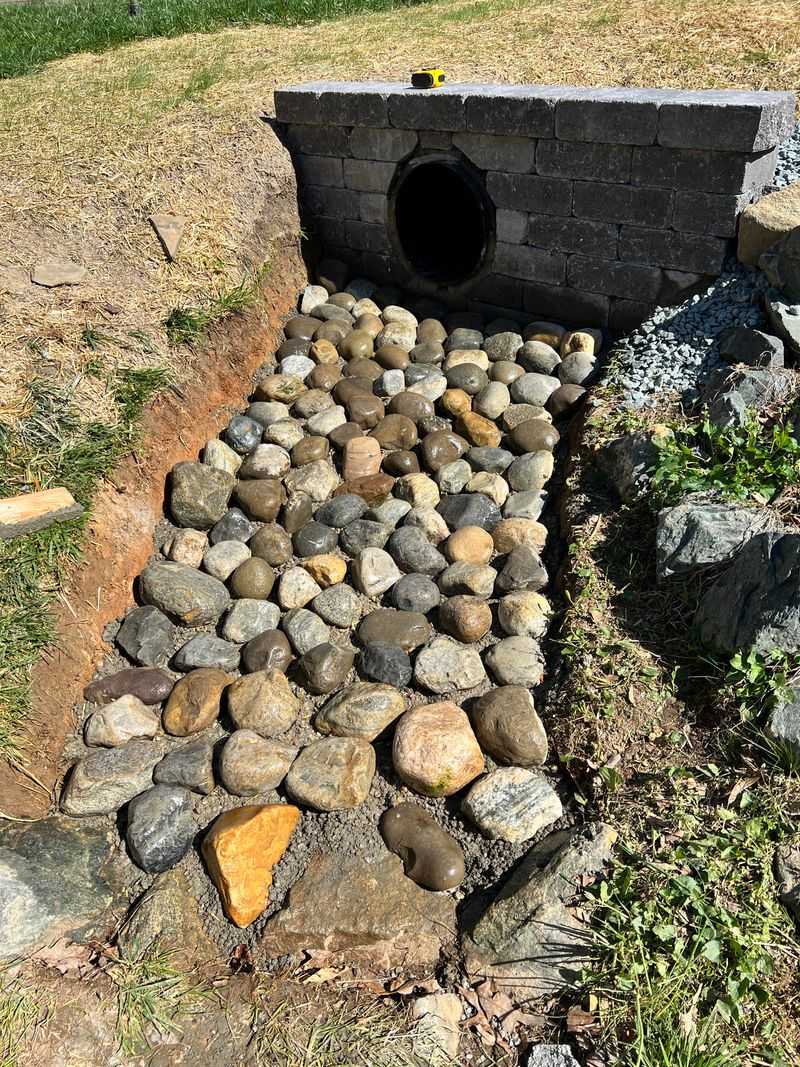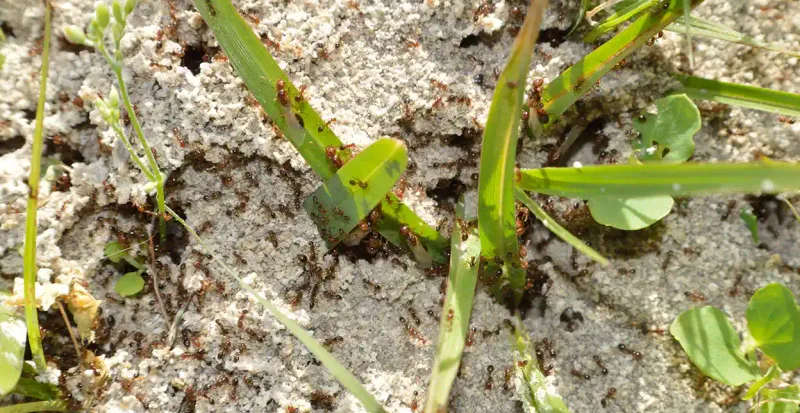Have you noticed tiny armies of ants marching across your lawn lately? These industrious insects might seem harmless, but an ant invasion can quickly transform your beautiful yard into their personal kingdom. Understanding why these tiny creatures choose your outdoor space helps you regain control and protect your garden paradise from their persistent presence.
1. Food Crumbs From Outdoor Picnics
Those delicious backyard barbecues leave behind microscopic food particles that might escape your notice but are treasure maps for hungry ant colonies. Even tiny crumbs can attract scouts from hundreds of feet away.
Once discovered, chemical trails lead the entire colony right to your patio. The average picnic leaves enough food residue to feed thousands of ants for days, creating an irresistible buffet that keeps them coming back for seconds.
2. Excessive Moisture Near Foundation
Leaky outdoor faucets, improper drainage, or overwatering create damp zones that ants absolutely love. Many species require moisture to survive and will establish colonies wherever they find reliable water sources.
Standing water around your foundation becomes an ant oasis in hot weather. The moisture softens soil, making it easier for ants to tunnel and build elaborate nests. Fix those dripping spigots and redirect downspouts to eliminate these ant-attracting puddles.
3. Untrimmed Vegetation Touching Your House
Overgrown shrubs and tree branches act as highways directly into your home for adventurous ant colonies. When plants touch your siding or roof, they create bridges that bypass any ground barriers you’ve established.
Ants use these green pathways to expand their territory and find new food sources. Creating a vegetation-free zone of about 18 inches around your foundation eliminates these convenient access routes. Regular pruning keeps these natural ant highways from reconnecting to your home.
4. Neglected Pet Food Bowls Outside
Fido’s forgotten food dish becomes an all-you-can-eat buffet for neighborhood ants. Pet kibble contains proteins, fats, and carbohydrates that ants crave, making outdoor feeding stations particularly attractive targets.
Even the residue left behind after your pet finishes eating contains enough nutrients to support an entire ant colony. Bringing pet dishes inside after feeding time or cleaning them thoroughly prevents these uninvited dinner guests from establishing permanent residency in your yard.
5. Decaying Wood Structures
Rotting fence posts, aging decks, and deteriorating tree stumps offer perfect housing opportunities for carpenter ants and their relatives. These structures provide both shelter and sustenance as the ants help break down the decaying wood.
Moisture-damaged wood becomes soft and easily excavated, allowing colonies to create elaborate tunnel systems. Replacing damaged wooden structures and treating existing wood with appropriate sealants prevents your yard from becoming an ant condominium complex.
6. Honeydew-Producing Garden Pests
Aphids, scale insects, and mealybugs secrete a sweet substance called honeydew that ants absolutely adore. Many ant species will actually protect and farm these sap-sucking insects to harvest their sugary waste.
This unusual relationship creates a double problem for gardeners. Your plants suffer from the sap-draining pests while ant populations explode thanks to the consistent food source. Controlling aphids and their relatives often automatically reduces ant populations as their preferred food source disappears.
7. Mulch Piled Against Foundation
That decorative mulch border might look attractive, but when heaped against your home’s foundation, it creates prime ant real estate. Organic mulches retain moisture and provide insulation, creating ideal nesting conditions.
The decomposing organic material also attracts other insects that ants hunt for food. Keeping mulch at least 6 inches away from your foundation and maintaining a thickness of no more than 2-3 inches prevents it from becoming ant paradise while still providing benefits to your plants.
8. Unsealed Cracks In Hardscaping
Tiny gaps between pavers, cracks in concrete patios, and deteriorating mortar joints offer perfect entry points for ant colonies. These protected spaces allow ants to establish nests protected from predators and harsh weather conditions.
Sand-filled joints between pavers make excavation particularly easy for determined ants. Regularly inspecting your hardscape features and sealing cracks with appropriate fillers eliminates these convenient hiding spots. Proper installation with compacted bases prevents future settling that creates new ant-friendly crevices.
9. Overripe Fallen Fruit
Forgotten apples, berries, or other fruits that drop from trees and bushes create an irresistible sugar feast for hungry ant colonies. As fruits decompose, they release sweet juices that attract ants from surprising distances.
Even ornamental trees and shrubs can produce berries or fruits that go unnoticed until ants arrive. Regular yard maintenance includes collecting fallen fruit before it ferments. Consider harvesting edible fruits promptly or planting non-fruiting varieties if ant problems persist year after year.
10. Inadequate Yard Drainage Systems
Poorly draining soil creates waterlogged areas that certain ant species find perfect for colony establishment. Low spots in your yard collect rainwater and remain damp longer than surrounding areas, creating ideal conditions for moisture-loving ants.
Poor grading around your property compounds the problem by directing water toward your home rather than away from it. Installing French drains, rain gardens, or simply regrading problematic areas improves drainage and makes your yard less hospitable to water-seeking ant species.
11. Bird Feeders Dropping Seed
Your feathered friends are inadvertently feeding more than just birds! Seeds scattered beneath bird feeders provide high-energy food sources that attract industrious ant workers. Sunflower, millet, and other common bird seeds contain oils and carbohydrates that ants readily collect.
The constant supply of fallen seeds supports large ant populations year-round. Using seed catchers beneath feeders, choosing less messy seed varieties, or regularly cleaning up dropped seeds prevents your bird-watching hobby from becoming an ant-attracting problem.
12. Compost Piles Located Too Close To House
Environmentally friendly compost heaps provide perfect conditions for thriving ant colonies when positioned near your home. The decomposing organic material generates heat, offers protection, and provides abundant food sources all in one convenient location.
Ants actually benefit compost by aerating and helping break down materials. However, their proximity to your home increases the likelihood of indoor invasions. Relocating compost operations to the far corner of your property keeps this beneficial process from becoming a household pest problem.
13. Recently Applied Fertilizers
Certain fertilizers, especially organic varieties containing bone meal, blood meal, or fish emulsion, smell delicious to foraging ants. These nutrient-rich amendments attract protein-hungry species looking to feed developing larvae back in their colonies.
The disturbance caused by fertilizer application also exposes soil insects that ants prey upon. Using slow-release granular fertilizers, watering thoroughly after application, or switching to less aromatic varieties reduces the ant-attracting properties while still nourishing your plants.
14. Natural Stone Features Without Proper Base
Those beautiful stone walls, rock gardens, and decorative boulders provide perfect shelter for ant colonies when installed without proper foundations. Spaces between and beneath stones create ready-made cavities for nests protected from predators and weather extremes.
Loose installation without compacted bases allows ants to easily move soil and establish elaborate tunnel systems. Professional installation with appropriate gravel bases and proper spacing reduces available nesting sites. Periodically inspecting and maintaining these features prevents established colonies from expanding throughout your landscape.
15. Neighboring Yards With Ant Problems
Your meticulous yard maintenance means nothing if your neighbors are hosting ant mega-colonies! Ants regularly travel up to 100 feet from their nests while foraging, easily crossing property lines in search of food.
Established colonies in adjacent properties continually send explorers into your yard seeking new resources. Creating barrier zones along property boundaries using ant-repelling plants or granular repellents helps redirect these unwanted visitors. Consider a friendly neighborhood approach to pest control for more effective long-term results.

